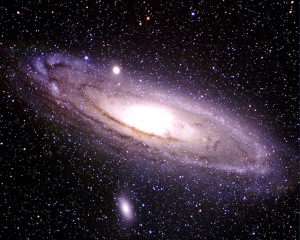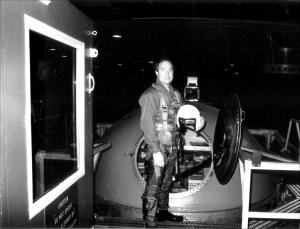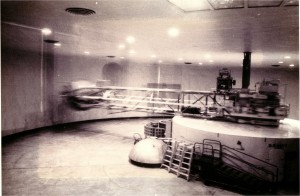A clear night with our Milky Way galaxy seeming to glow iridescently is unforgettable. I remember seeing it once as a child, looking up from a field in the darkness of rural Texas, once from the deck of a rolling ship in the tropics, once from my aircraft on a beautiful night flight headed home, and once on the deck of a beach house on Cape San Blas, Florida. In each instance the conditions were ideal; no clouds, no moon, with very little obscuring moisture in the atmosphere.
The most thrilling time was the last time, when I left the bed where a three-year old was snuggled next to me, and joined my wife and our 11-year old granddaughter on the deck. It was late, and I was surprised to see them up, but when I looked up into the night sky I saw why they remained.
“Isn’t that the Milky Way?” my wife asked.
The eleven-year old had never seen the bright swath of starry light that is the interior of our galaxy. She was puzzled. “If we’re in it, how can we see it?”

I was thrilled to have the chance to explain, best I could, how on just such rare nights we could see in the direction of the galactic center, but yet we can’t see the actual center because of obscuring dust. I further explained that lurking in the center of the billions of stars in the galactic center is a massive black hole.

I know she had seen pictures of galaxies, like M31, Andromeda. She knew how galaxies should look, and what she saw did not match the photographs. She had never thought about how a galaxy, our galaxy, appears from the inside.
When our children were still young I drove the family from the Washington suburbs to the Blue Ridge Mountains to go star-gazing with binoculars and a telescope. But I think the most wondrous experience for them was what they saw unaided, the vast panorama of visible stars relatively bright and close to our planet. At the time, my preteen daughter, then about the age of our present eleven-year old granddaughter, was sleepy and complaining about the cold. Now that she’s an educated adult she recognizes what a special experience that was.
One of the benefits of keeping children up past their bed times, at least on occasion, is the chance to see the stars.  It will have a lasting effect on them; at least it did for me. Before my first night of star-gazing, my world had ended a few feet ahead of me, and a few hours ahead in time. My concerns, like those of most children, were immediate. But after that one starry night experience, my perspective stretched to the stars.
It will have a lasting effect on them; at least it did for me. Before my first night of star-gazing, my world had ended a few feet ahead of me, and a few hours ahead in time. My concerns, like those of most children, were immediate. But after that one starry night experience, my perspective stretched to the stars.
That is a wonderful experience to share with children of an appropriate age, lest they forever close their visual boundaries to all things lying beyond our Earth’s horizon.
[Milky Way in the desert photo (top) by Jurvetson (flickr)]







